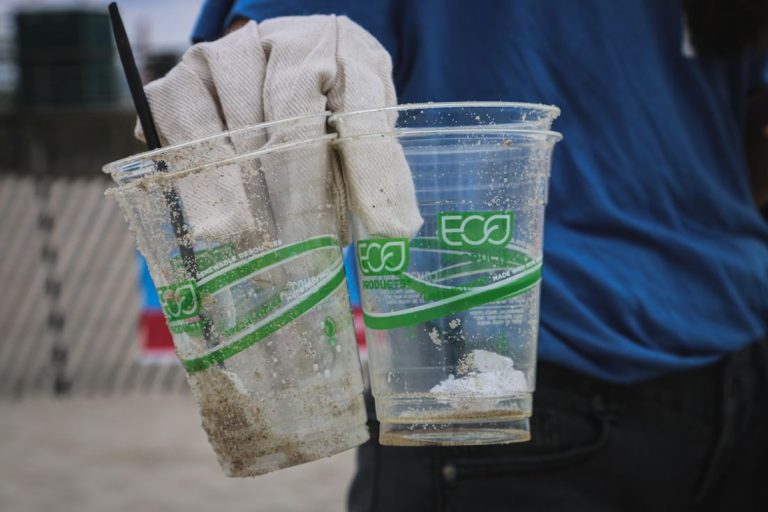
In recent years, there has been a significant shift towards sustainability and eco-friendliness in the fashion industry. Consumers are becoming more conscious of the environmental impact of their clothing choices, leading to a growing demand for eco-friendly clothing options. As a result, many brands are incorporating sustainable practices into their production processes and offering a wide range of eco-friendly clothing options. Let’s take a closer look at some of the top trends in eco-friendly clothing that are gaining popularity in the fashion world.
**Sustainable Fabrics**
One of the key trends in eco-friendly clothing is the use of sustainable fabrics. Traditional textiles like cotton and polyester have a significant environmental footprint due to the heavy use of water, pesticides, and chemicals in their production. As a result, many brands are turning to alternative sustainable fabrics such as organic cotton, hemp, bamboo, and Tencel. These fabrics are produced using environmentally friendly methods that minimize the use of water, chemicals, and energy, making them a more sustainable choice for eco-conscious consumers.
**Upcycled and Recycled Materials**
Another popular trend in eco-friendly clothing is the use of upcycled and recycled materials. Upcycling involves repurposing old or discarded materials into new garments, reducing waste and conserving resources. Recycled materials, on the other hand, are made from post-consumer waste like plastic bottles or textile scraps. Brands are increasingly incorporating upcycled and recycled materials into their designs, creating unique and sustainable clothing options for environmentally conscious consumers.
**Ethical Production Practices**
Ethical production practices are also a significant trend in eco-friendly clothing. Consumers are increasingly concerned about the working conditions of garment workers and the social impact of their clothing choices. As a result, many brands are focusing on transparency and fair labor practices in their supply chains. From fair wages and safe working conditions to supporting local communities, ethical production practices are becoming a top priority for brands that want to appeal to socially conscious consumers.
**Minimalist and Timeless Designs**
In addition to sustainable materials and production practices, minimalist and timeless designs are gaining popularity in eco-friendly clothing. By creating classic pieces that are versatile and durable, brands are encouraging consumers to buy fewer, higher-quality items that will last for years to come. This shift towards a more minimalist wardrobe not only reduces waste but also promotes a more sustainable approach to fashion consumption.
**Zero-Waste Fashion**
Zero-waste fashion is a growing trend in eco-friendly clothing that focuses on minimizing waste throughout the design and production process. By using innovative pattern-making techniques and cutting methods, designers can create garments that generate little to no waste. Brands are also finding creative ways to repurpose fabric scraps and offcuts, turning them into accessories or new garments. Zero-waste fashion not only reduces the environmental impact of clothing production but also challenges traditional notions of design and creativity in the fashion industry.
**Closing Thoughts**
As the demand for sustainable and eco-friendly clothing continues to grow, brands are embracing a variety of trends to meet the needs of environmentally conscious consumers. From using sustainable fabrics and upcycled materials to promoting ethical production practices and minimalist designs, the fashion industry is undergoing a transformation towards a more sustainable future. By incorporating these top trends in eco-friendly clothing, brands can not only reduce their environmental impact but also appeal to a growing market of consumers who are looking for stylish and sustainable clothing options.





